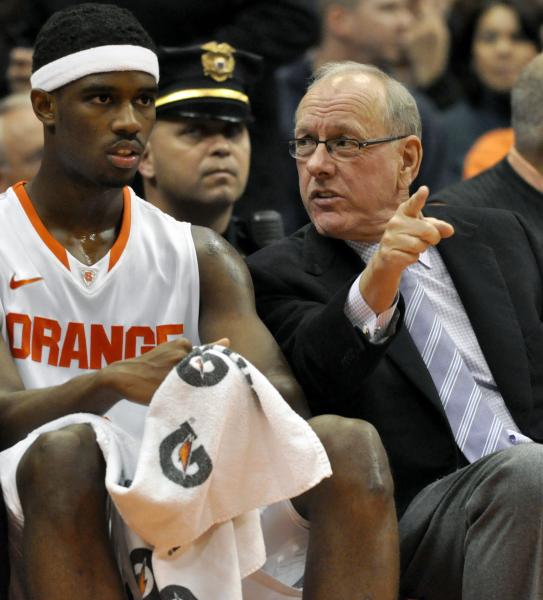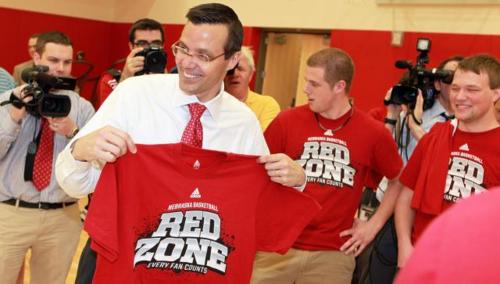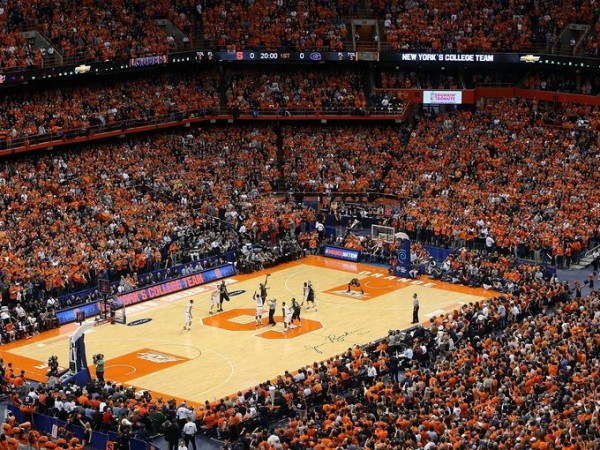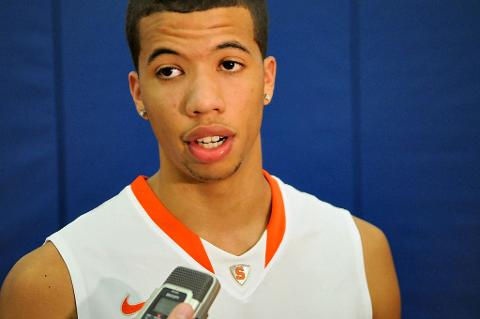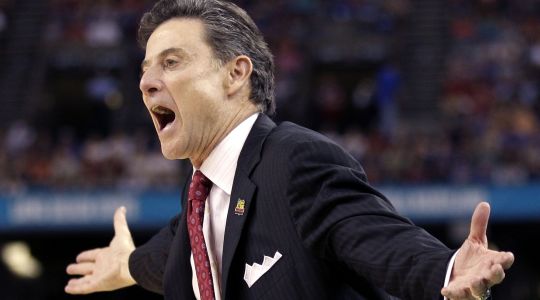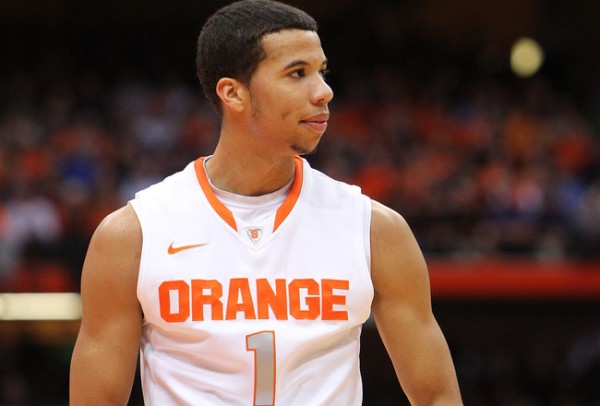2013-14 RTC Class Schedule: Syracuse Orange
Posted by BHayes on August 28th, 2013Bennet Hayes is an RTC columnist. He can be reached @HoopsTraveler. Periodically throughout the preseason, RTC will take an in-depth look at the schedules of some of the more prominent teams in college basketball.
In many ways, the 2013-14 season looks to be business as usual at Syracuse. The roster is deep and talented, expectations are sky-high, and Jim Boeheim is manning the sidelines for the Orange. But you can rest assured that there will have never been a Syracuse basketball season like this one. The day is finally here – the Orange, charter members of the Big East conference, are now officially ACC constituents. Heading south with them are former Big East brethren Pittsburgh and Notre Dame. The addition of these three formidable basketball programs makes the ACC, at least on paper, the toughest hoops conference in the land.
- Team Outlook: Duke will undoubtedly be eager to remind the newbies that the ACC is its conference to rule, but Syracuse should be as poised as any foe to upend the Blue Devils. The Orange frontcourt is loaded, with junior and all-Big East second teamer C.J. Fair (14.5 PPG, 7.0 RPG) leading the charge. Surrounding Fair up front is a trio of high-upside sophomores. Rakeem Christmas (5.1 PPG, 4.6 RPG, 1.8 BPG), DaJuan Coleman (4.8 PPG, 4.0 RPG), and Jerami Grant (3.9 PPG, 3.0 RPG) are all expected to see an uptick in production in year two, but of the three, it is Grant who has the best chance to quickly transform himself from role player into star. Junior Baye Keita (8.6 block percentage) will also see minutes up front, while Duke transfer Michael Gbinije and freshman B.J. Johnson will battle to find time in this crowded frontcourt. Not surprisingly, given the remarkable depth up front, the question marks for Jim Boeheim and the Orange all appear in the backcourt. Gone are Michael Carter-Williams and Brandon Triche, leaving Trevor Cooney as the sole backcourt returnee who saw any time a year ago. The sophomore is an engaged and capable defender, but will be expected to shoot the ball better from the outside this time around (he was just 27% from three as a freshman). He may also be tasked with handling some backup point guard duties, as there is no obvious reserve for presumptive starter Tyler Ennis. Ennis, a freshman from Ontario, California, may be the most important player on the Orange roster. With said deficit of ball-handlers, the consensus top-25 recruit will have the rock in his hands a whole lot, and what he does with it will go a long ways towards determining the fate of this Syracuse season. With all the talent around him he does not need to be nearly as dynamic as MCW was a year ago, but with few other options around, he most certainly has to play a solid floor game for the Orange to begin to tap their full potential. Read the rest of this entry »





























